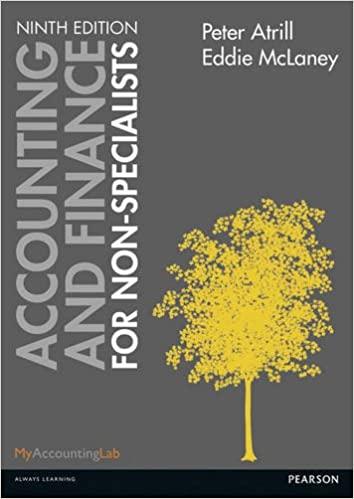Question
Chevron (a U.S. firm) is bidding to purchase management contracts for oil extraction in Venezuela. The bid amount must be in euros, and the outcome
Chevron (a U.S. firm) is bidding to purchase management contracts for oil extraction in Venezuela. The bid amount must be in euros, and the outcome of the bid will be unknown for three months. If Chevron gets the bid, the firm will have to pay euros. They plan on bidding 5,800,000 euros. Payments will not occur until another 6 months after the outcome of the bid is known, but they have to begin the hedge when they submit the bid.
a. You can buy or sell the euro forward. Clearly indicate which you should do in this case. Nine month forwards and futures prices are at an annualized 0.3% discount from the current exchange rate of $1.15 per euro. What will be the foreign exchange gain or loss if the exchange rate turns out to be $1.10 at the end of the hedge for the unhedged position, the 100% forward hedged position and if you hedge only 50% with forwards? Show the same results if the ending exchange rate is $1.20. Show all of your work.
b. Suppose Chevron is considering buying options to hedge this exposure. At the money calls and puts on the euro are available for $500 per contract. (Assume the option contract size is 62,500 euros per contract, so you will need to buy multiple contracts). Should they buy puts or calls on the euro? How many contracts? Explain
c. On one graph overlay the net hedged cost in dollars for the range of exchange rates shown below for the unhedged position, the 100% forward hedge, the 50% forward hedge and the option hedge. The graph's vertical axis must be in dollars and use the given exchange rates (e form) as the horizontal axis of your graph (see below). You should provide a table with the numbers as well. A spreadsheet is very useful for this one.
d. Which type of derivative position would you recommend they use to hedge? Be very specific in your answer based on different possible ending exchange rates. Explain in terms of opportunity and out of pocket (or outright) costs and risk for the option position versus the two forward positions and tailor your answer to specific ending exchange rates.
e. Suppose you decide to do a 50% hedge and you are trying to decide whether to use forwards or futures. Which of the two would you recommend in this situation? That is, explain the pros and cons of using forwards versus futures in this situation
Step by Step Solution
There are 3 Steps involved in it
Step: 1

Get Instant Access to Expert-Tailored Solutions
See step-by-step solutions with expert insights and AI powered tools for academic success
Step: 2

Step: 3

Ace Your Homework with AI
Get the answers you need in no time with our AI-driven, step-by-step assistance
Get Started


